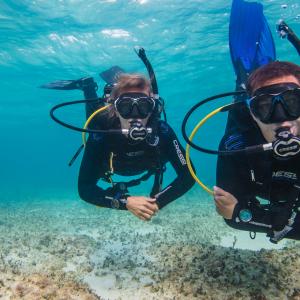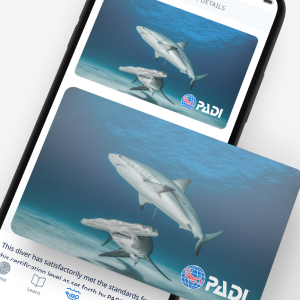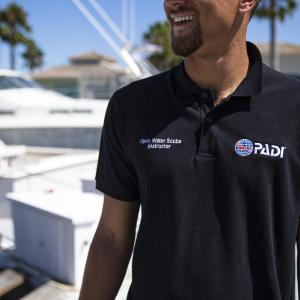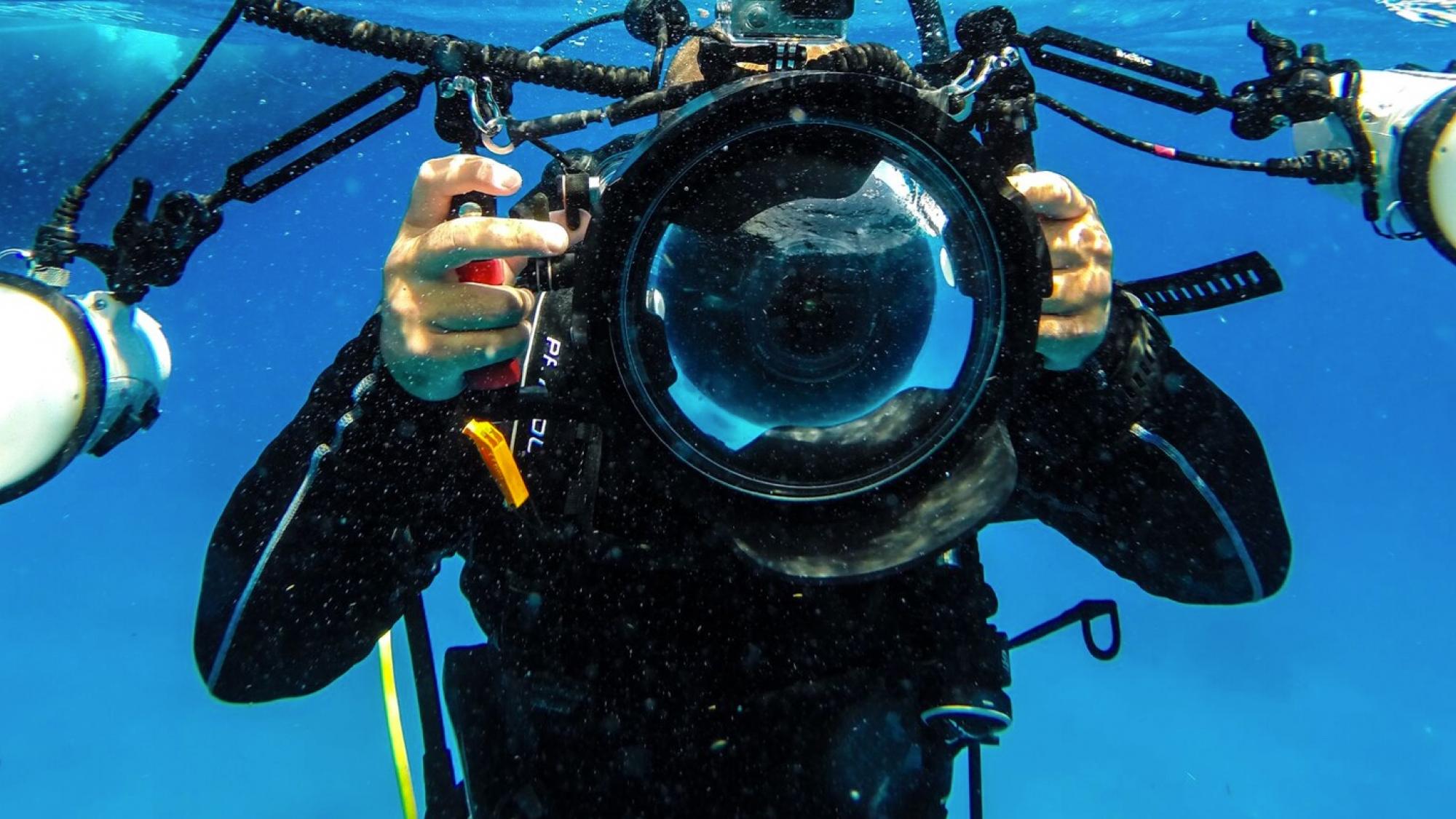From simple point-and-shoot cameras to more high-end equipment that shoots high-definition images, you’ll find a system that meets your video and photography needs.
คำอธิบาย
With the rise of digital photography capabilities, there are now numerous options for capturing images underwater. From simple point-and-shoot cameras that take both photographs and video to more high-end equipment that shoots high-definition images, you’re sure to find a system that meets your needs. Visit your PADI Dive Center or Resort to get advice about underwater imaging equipment.
Standard Features
- Underwater housing – Although some cameras are water resistant to very shallow depths, none can perform at scuba diving depths without an underwater housing to protect them from water and pressure. There are camera housings that mount on masks, and others that can be attached almost anywhere.
Underwater Camera Styles
- Point-and-shoot – Compact, easy-to-use cameras designed for casual, fun pictures or videos. Smartphones and tablets fall into this category with the release of underwater housings for many models.
- dSLRs – Digital SLR (Single Lens Reflex) cameras are for those who are serious about photography. They have multiple lenses and other accessories that make shooting more productive and convenient.
- Full-featured – These cameras bridge the gap between point-and-shoot and dSLRs by offering a moderately compact, easy-to-use camera with many features of a dSLR.
Optional Features
- Manual white balance – Allows you to adjust for more realistic color.
- External flash – A separate strobe underwater provides more light from a better angle.
- Full control access –The more controls your housing provides, the more options you have while shooting.
- Wide-angle adapter – This allows you to use a wide-angle lens. Nearly all dSLR systems have this capability.
- Large memory card – You want enough capacity to shoot as much as you can on a single dive without concern about running out of memory.
How to Choose
Start by taking the PADI Digital Underwater Photographer course, which helps you determine which system best suits your needs and interests. Along with enlisting the help of the photo pro at your local PADI Dive Shop or Resort, here are a few suggestions:
- Ask yourself why you want to take underwater images, and of what?
- If you already have a camera you enjoy using, check if an underwater housing exists for it. If not, shop for your camera, housing, lenses and strobes or other accessories together.
- Consider all the features starting with size. Then consider how much control you want, not just now, but as your passion for underwater imaging grows.
- Make sure your personal computer and software will work with your camera system and matches your interest in editing photos.
Maintenance
- Have a camera bag or padded case to protect your imaging gear.
- Use a port cover to protect the lens port before getting in the water and as soon as you get out, before your housing goes into the rinse bucket.
- After a dive, rinse the system thoroughly in fresh water, ideally by swishing it back and forth in a clean rinse bucket.
- Thoroughly dry the housing before opening it. You also need to be dry so you don’t drip water into the housing and onto your camera.
- Store your camera system in a cool, dry place out of direct sunlight. If you won’t be using it for a while, remove large o-rings from housing and remove batteries from the camera.


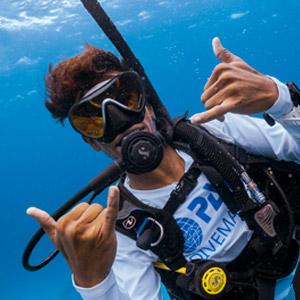

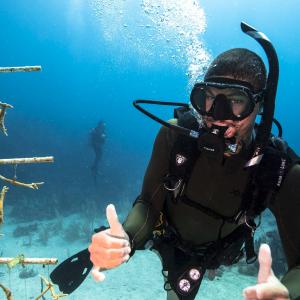


 เศษซากทะเล
เศษซากทะเล
 ยพันธุ์ฉลามและกระเบนที่เสี่ยงต่อการสูญพันธ์ุ
ยพันธุ์ฉลามและกระเบนที่เสี่ยงต่อการสูญพันธ์ุ
 Adopt The Blue
Adopt The Blue


